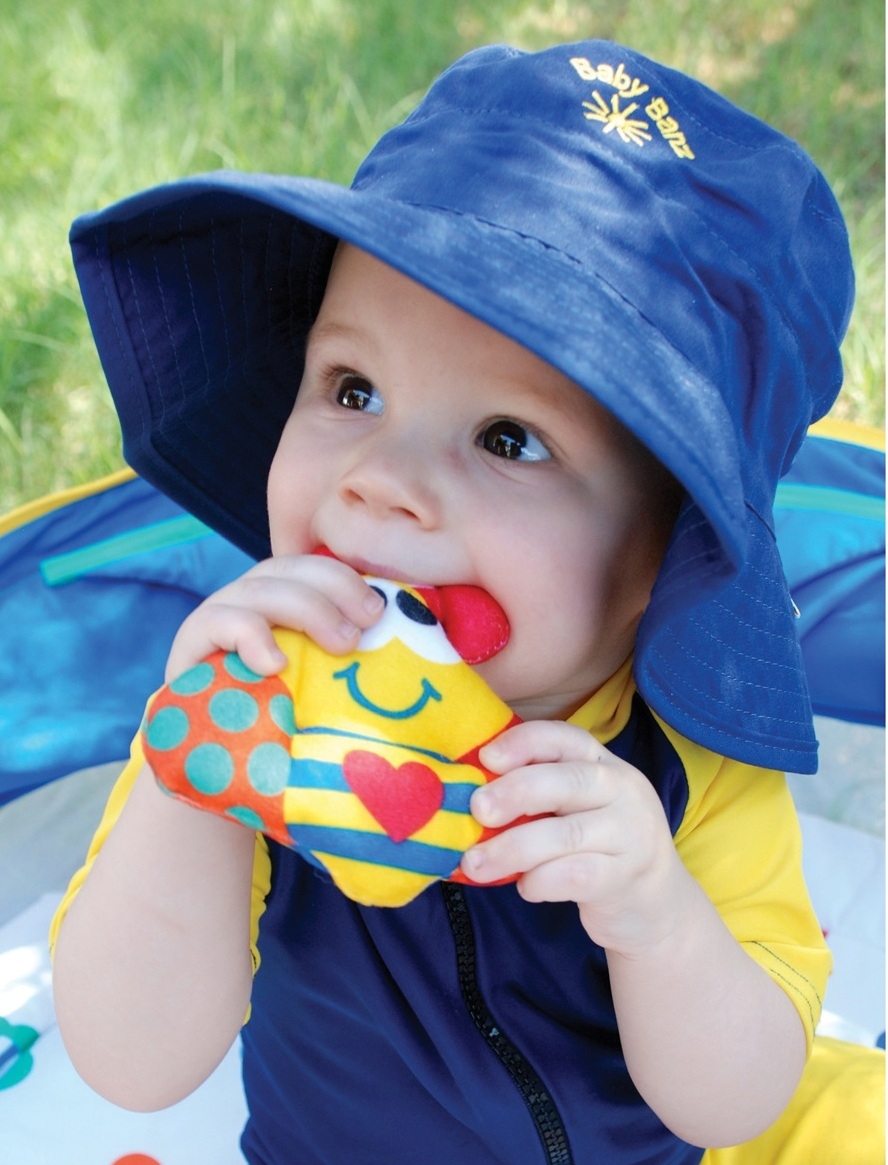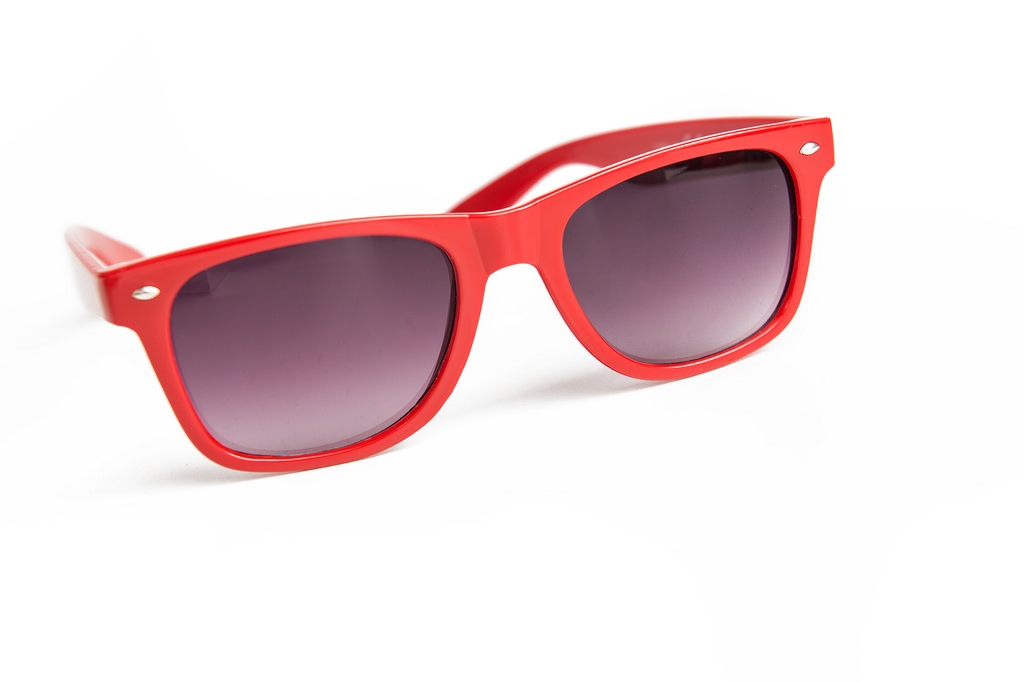 Why cover up?
Why cover up?
Clothing is the best way to protect your skin from ultraviolet radiation (UVR) from the sun. Long sleeves and pants are a physical barrier between your skin and the sun and protect by absorbing or blocking UVR, before it can even reach the skin. Choose clothing that covers as much skin as possible, and remember to use sunscreen on any spots that aren’t covered. Wear a wide-brimmed hat and sunglasses too!
Clothing
What your clothing is made of is a very important factor in whether or not it’s protecting your skin from the sun. Not all fabrics are created equal! A garments ability to shield you from the sun depends heavily on how it’s made and what it’s made of.
- Weave: The tighter the knit or weave, the more UVR is blocked. Smaller holes in the fabric allow for less UV to pass through. Denim and flannel are examples of tightly woven fabrics. Open weave fabrics like linen provide much less protection. Hold your item up to the light…if you cannot see through it, you’ve made a great choice!
 Tight weave
Tight weave  Loose weave
Loose weave
-
Fabric composition: What a fabric is made out of is a large factor in its ability to block/absorb UVR. Most fibers naturally absorb some UVR, and some have elastic threads that pull the fibers tightly together, reducing the spaces between the holes. Synthetic/semi-synthetic fibers such as polyester, rayon and nylon are more naturally protective than cotton.
-
Thickness/Density: Thicker fabrics like denim and corduroy offer much more protection than lighter ones like sheer silk. Thin, lightweight materials, including some silks and bleached cottons, let more UV light pass through and reach your skin.
- Color: Many dyes used in fabrics absorb UV light before it can reach the skin. Darker colors tend to absorb more UV than lighter colors. The more vivid the color, the greater the protection; a bright yellow shirt is more protective than a pale one. But even a pale fabric can offer good protection if the weave, material, and density are effective at keeping UV out.
These are all guidelines to making good choices in sun protective clothing. However, special clothing designed to block and absorb UVR are an example of a light colored and lightweight fabric that can be still protective.
What is UPF rated Clothing?
UPF stands for Ultraviolet Protection Factor, and is the rating used for clothing and other fabrics that protect you from the sun. It refers to the amount of UVR that penetrates the fabric and reaches the skin. UPF was a concept originally standardized in Australia in 1996. The label lets you know the fabric has been tested in a laboratory for its sun protective value, so you can be confident about the listed level of protection. It is based on the content, weight, color, and construction of the fabric, and indicates how much UV can penetrate the fabric. Today, systems for testing and determining UPF are similar around the world. In many countries, including the US, the ASTM International (formerly called the American Society for Testing and Materials) criteria for UPF assessment are used; UPF labels in the US often state that an item meets ASTM International standards.
Why choose UPF?
Sometimes, it’s unclear just from looking at a garment whether it’s going to be as truly protective as you want it to be. One solution is to choose garments with UPF labels. Choosing a garment with a UPF of 30 or higher means that 1/30th of the UVR is reaching your skin. This is a very small amount, and will most likely be adequate protection against any sun damage. In comparison, a thin white cotton T-shirt probably has a UPF of about 5, which allows 1/5th of the sun’s UV through. Your skin could eventually burn in such a shirt, especially if it was wet. Wet fabrics pull apart, creating larger gaps in the weave for UVR to pass through. The difference between UPF in clothing and SPF in sunscreen is that UPF refers to the protection from both UVA and UVB radiation, while SPF only refers to the protection you get from UVB rays.
Hats
The top of the head and ears are very hard to protect from the sun. Wearing a hat solves this problem, while also keeping the face and neck shaded! Choose a wide-brimmed hat (3 inches+) with UPF rated materials, or thick material like canvas. Avoid straw hats with a loose weave.
Sunglasses
While cancer of the eye is very rare, it is still important to protect your eyes from the sun. Ultraviolet radiation can cause cataracts and other eye disease. Choose large frames and lenses with 99-100% UAV/UVB protection.
Here are some key tips for buying and staying sun-safe with clothing:
1. Buy garments that fit your lifestyle. You don’t need a heavy work shirt for the beach, but a long-sleeved, tightly woven shirt can be both cool and sun-smart.
2. Look for garments with a UPF of 30 or higher so that you know you’re getting effective sun protection.
3. You can add UPF to your own clothes by washing a laundry additive like Sun Guard by Rit® into them. The product’s active sunscreen ingredient Tinosorb®, increases clothes’ sun-protective abilities for up to 20 washings.
4. Choose items that cover more skin. Consider a rash guard or swim shirt instead of standard swim shorts or a bikini. Swim shirts are made of lightweight, elastic materials like spandex, and cover your upper body without weighing you down. You can also have beach towels or sarongs ready for when you leave the water.
Other sun safe tips
- When outdoors, seek out shaded areas under awnings or trees and minimize your time in the direct sun. A sun umbrella not only protects, but keeps you cool!
- Be aware that UV light can bounce off surfaces such as water, snow, and glass, and increase the intensity of exposure.
- Use broad spectrum sunscreen with a sun protection factor (SPF) of 30 or higher every day.



